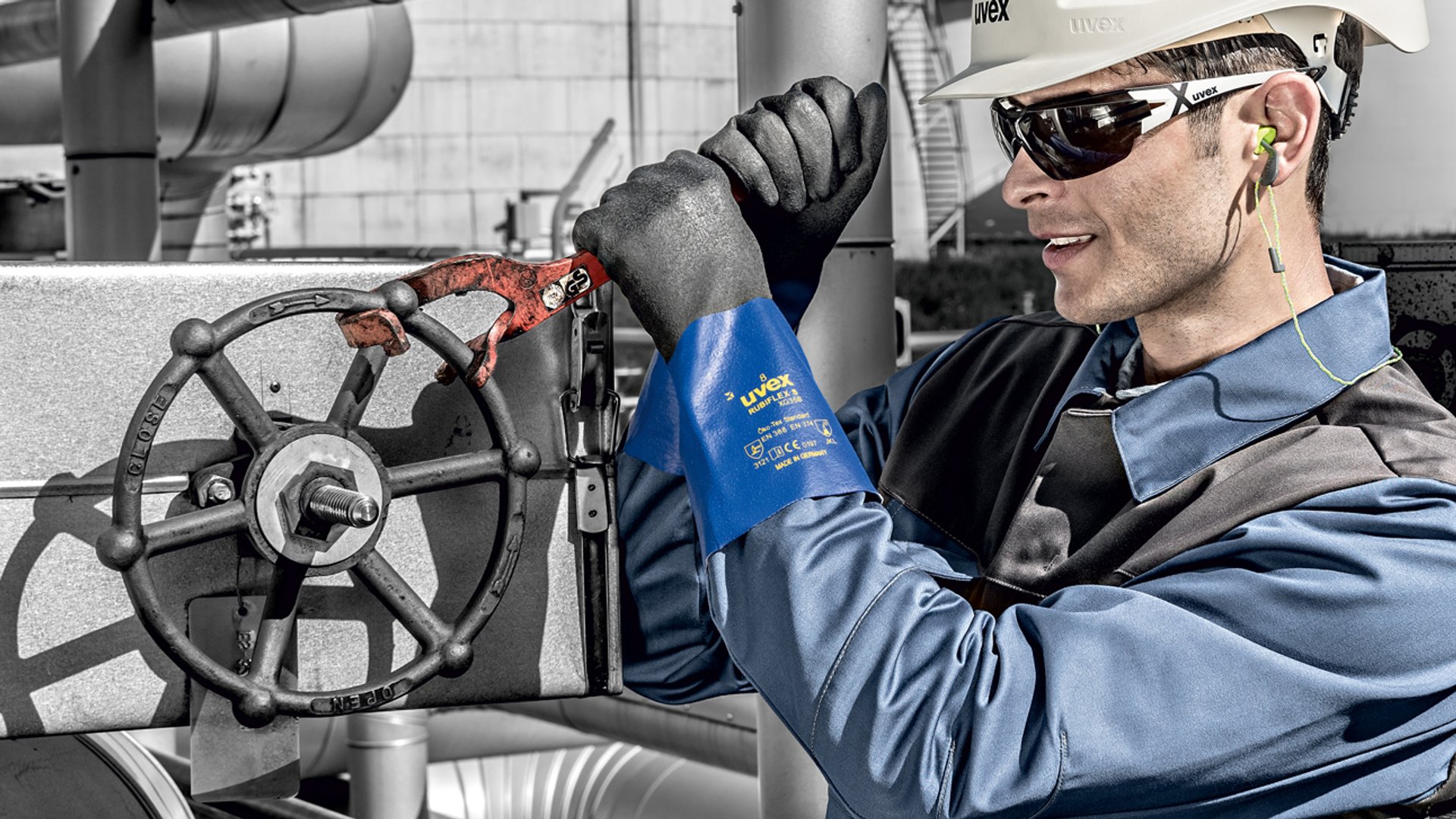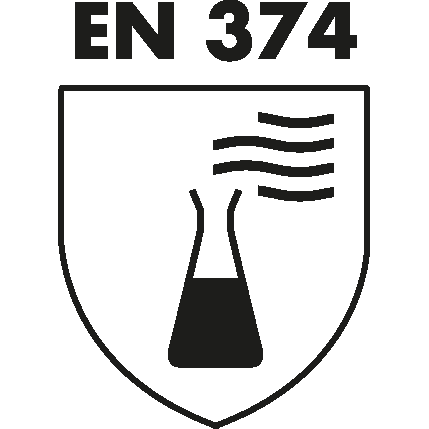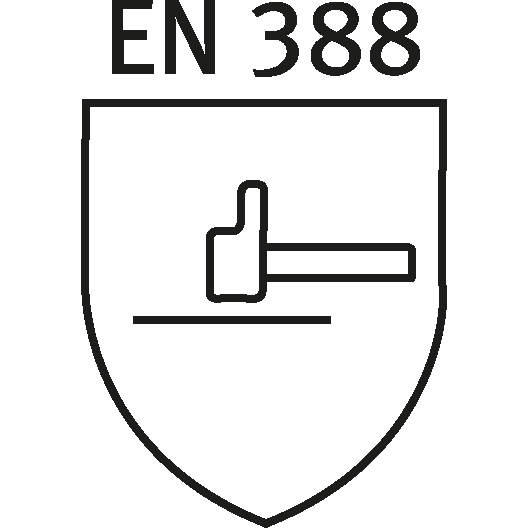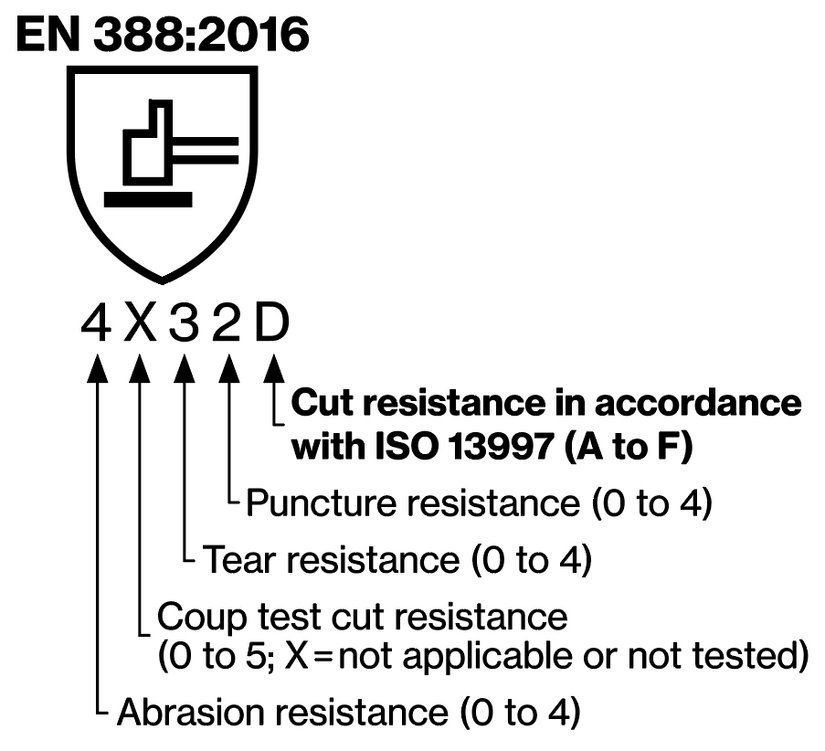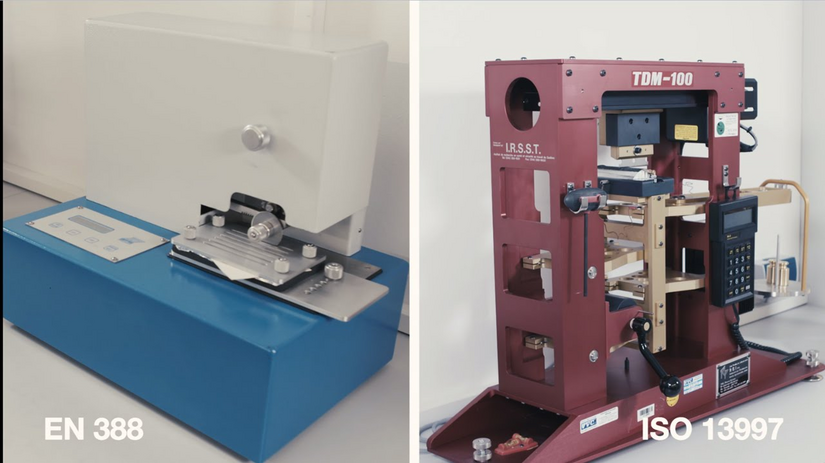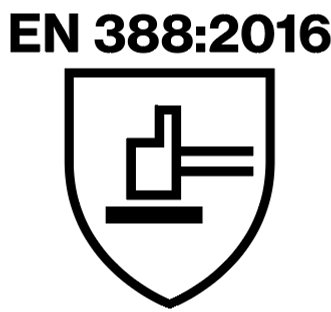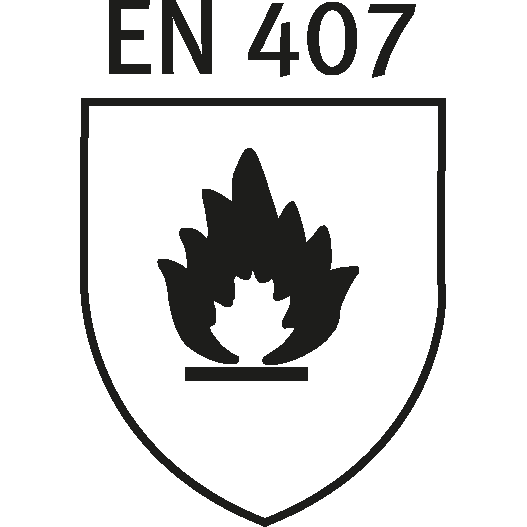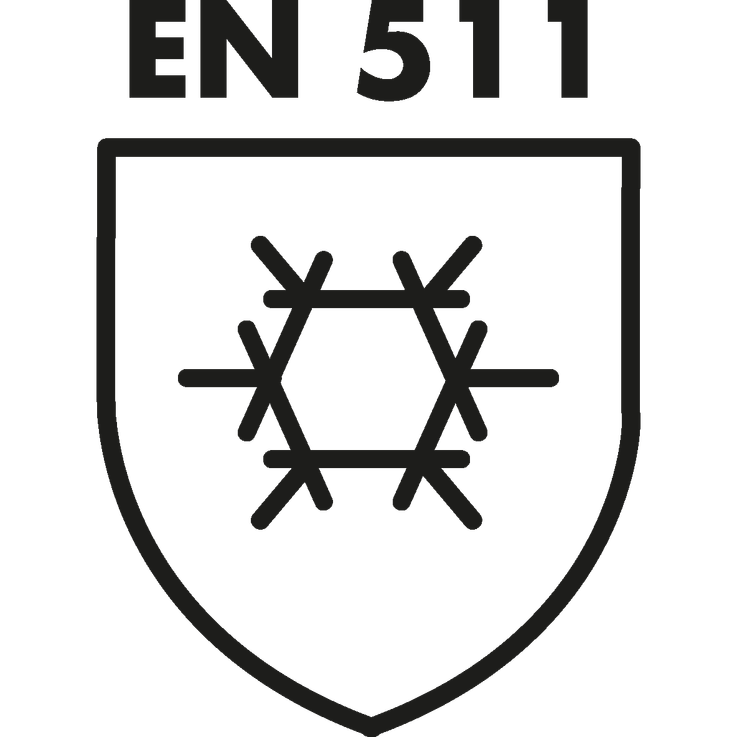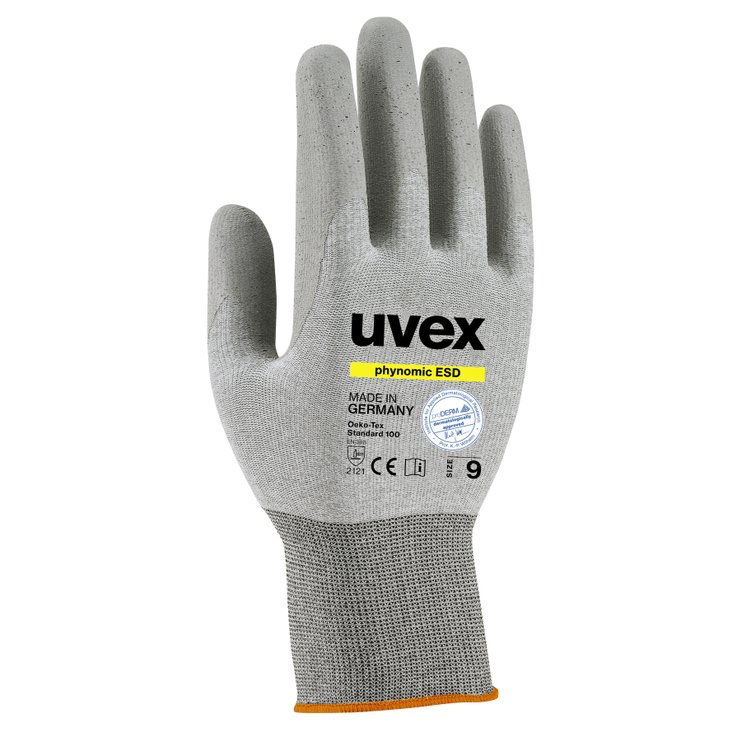Minimum requirements for safety gloves in relation to protection from cold are regulated in standard DIN EN 511. The gloves certified under this standard are intended to protect the wearer from convective cold (penetrating cold) and contact cold (direct contact).
As with protection from thermal and mechanical risks, the safety glove is classified into different performance levels for individual aspects. The performance levels are indicated with a number from 1 to 4 next to the pictogram, where 4 is the highest level.
Determination of performance levels for safety gloves against cold:
- Convective cold:
Measuring the quantity of energy needed to maintain the temperature of a heated hand model (30 to 35 °C) with a safety glove in relation to a constant room temperature. (Calculation of the thermal insulation properties based on the temperature of the hand model, room temperature and energy required to maintain the temperature.) - Contact cold (Test in accordance with ISO 5085):
Determination of thermal resistance of the safety gloves with a cold and a hot plate. The glove material is placed as an insulator between both plates and the change in the temperature gradient acts as a measurand (comparison with normative reference).
The glove can also be tested for water permeability in accordance with EN ISO 15383. If no water permeates into the glove over a 30-minute period, this test is deemed as passed (no specific performance levels).
